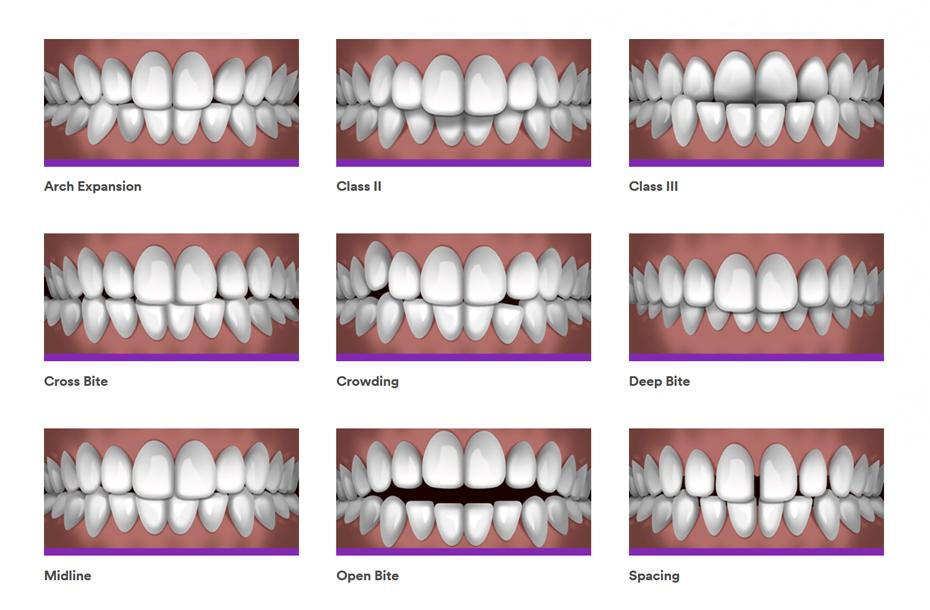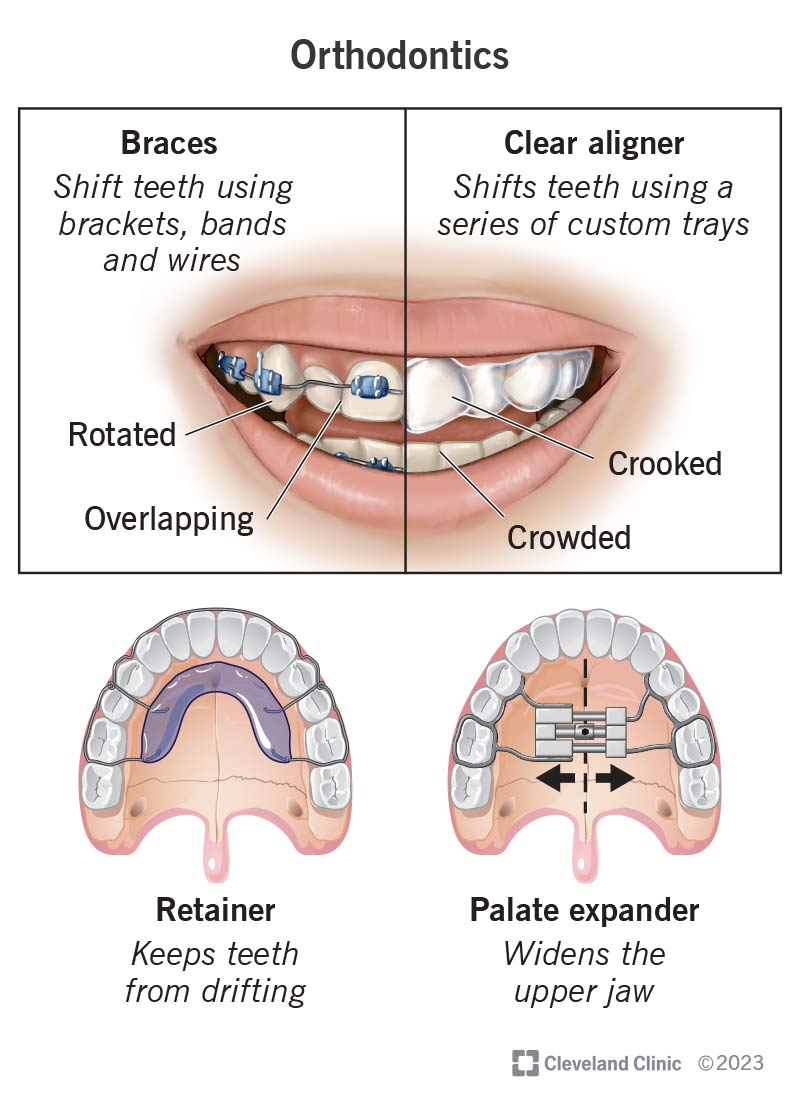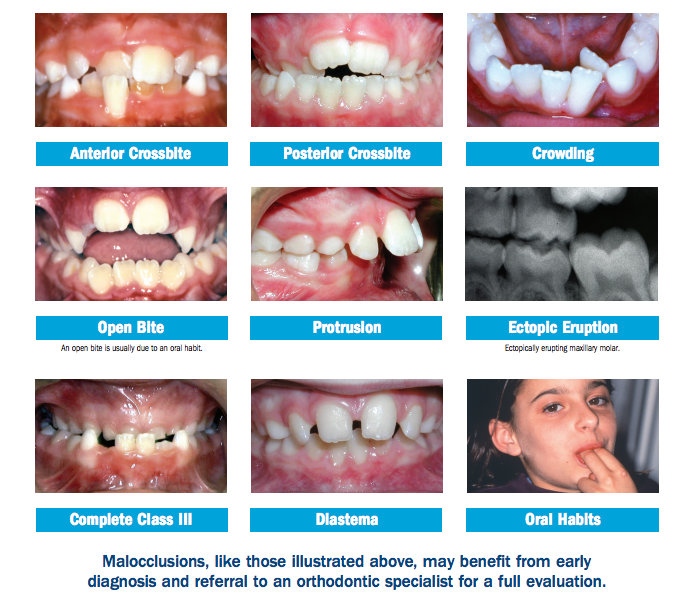6 Simple Techniques For Causey Orthodontics
Wiki Article
What Does Causey Orthodontics Do?
Table of ContentsThe Only Guide to Causey OrthodonticsIndicators on Causey Orthodontics You Need To KnowRumored Buzz on Causey Orthodontics10 Easy Facts About Causey Orthodontics DescribedThe Definitive Guide for Causey Orthodontics
Neglecting occlusal partnerships, it was regular to get rid of teeth for a variety of dental concerns, such as malalignment or overcrowding. The concept of an undamaged dentition was not extensively appreciated in those days, making bite relationships appear unimportant. In the late 1800s, the concept of occlusion was vital for developing trustworthy prosthetic substitute teeth.As these ideas of prosthetic occlusion advanced, it came to be an indispensable device for dental care. It was in 1890 that the job and impact of Dr. Edwards H. Angle began to be felt, with his payment to modern-day orthodontics particularly significant. Focused on prosthodontics, he instructed in Pennsylvania and Minnesota prior to directing his attention in the direction of dental occlusion and the treatments needed to preserve it as a normal condition, hence becoming recognized as the "father of modern orthodontics".

The concept of ideal occlusion, as proposed by Angle and included right into a category system, made it possible for a change in the direction of dealing with malocclusion, which is any deviation from regular occlusion. Having a full set of teeth on both arcs was highly searched for in orthodontic treatment because of the requirement for specific partnerships between them.
The Basic Principles Of Causey Orthodontics
As occlusion came to be the key priority, face proportions and visual appeals were neglected - orthodontist near me. To attain optimal occlusals without utilizing outside forces, Angle proposed that having perfect occlusion was the very best means to get optimum face aesthetic appeals. With the passing of time, it came to be fairly noticeable that even an outstanding occlusion was not suitable when taken into consideration from a visual perspectiveCharles Tweed in America and Raymond Begg in Australia (who both studied under Angle) re-introduced dentistry extraction right into orthodontics during the 1940s and 1950s so they could enhance facial esthetics while additionally ensuring far better stability worrying occlusal relationships. In the postwar period, cephalometric radiography started to be used by orthodontists for measuring modifications in tooth and jaw placement created by development and therapy. It came to be apparent that orthodontic therapy might adjust mandibular advancement, causing the development of practical jaw orthopedics in Europe and extraoral pressure measures in the US. These days, both functional home appliances and extraoral gadgets are applied around the world with the objective of changing development patterns and forms. Going after true, or at least boosted, jaw relationships had become the main objective of therapy by the mid-20th century.
Not known Factual Statements About Causey Orthodontics
 The American Journal of Orthodontics was developed for this purpose in 1915; before it, there were no scientific objectives to follow, neither any type of specific classification system and braces that lacked functions. Till the mid-1970s, dental braces were made by wrapping metal around each tooth. With developments in adhesives, it came to be possible to instead bond metal braces to the teeth.
The American Journal of Orthodontics was developed for this purpose in 1915; before it, there were no scientific objectives to follow, neither any type of specific classification system and braces that lacked functions. Till the mid-1970s, dental braces were made by wrapping metal around each tooth. With developments in adhesives, it came to be possible to instead bond metal braces to the teeth.Andrews gave an insightful meaning of the perfect occlusion in irreversible teeth. This has actually had meaningful effects on orthodontic treatments that are administered regularly, and these are: 1. Proper interarchal connections 2. Proper crown angulation (idea) 3. Proper crown disposition (torque) 4. No turnings 5. Tight get in touch with factors 6. Apartment Curve of Spee (0.02.5 mm), and based on these principles, he uncovered a treatment system called the straight-wire home appliance system, or the pre-adjusted edgewise system.
The advantage of the layout depends on its brace and archwire mix, which requires only very little cord flexing from the orthodontist or clinician (orthodontist expert). It's aptly called after this feature: the angle of the slot and thickness of the brace base ultimately figure out where each tooth is positioned with little demand for extra adjustment
Causey Orthodontics for Dummies
Both of these systems employed the same brackets for each and every tooth and required the flexing of an archwire in three airplanes for situating teeth in their preferred placements, with these bends determining best placements. When it concerns orthodontic appliances, they are split into two kinds: removable and dealt with. Detachable appliances can be handled and off by the individual as required.
Thus, mostly all contemporary set devices can be taken into consideration variants on this edgewise appliance system. Early 20th-century orthodontist Edward Angle made a major payment to the world of dentistry. He developed 4 unique appliance systems that have actually been utilized as the basis for many orthodontic treatments today, preventing a few exceptions.
Not known Details About Causey Orthodontics

The cable ended in a string, and to move it onward, a flexible nut was used, which permitted a rise in circumference. By ligation, each individual tooth was affixed to this expansive archwire (orthodontist expert). Due to its restricted series of movement, Angle was incapable to accomplish specific tooth positioning with an E-arch
These tubes held a firm pin, which can be repositioned at each visit in order to move them in location. Dubbed the "bone-growing appliance", this contraption was thought to urge much healthier bone development because of its potential for transferring force directly to the roots. Applying it proved troublesome in fact.
Report this wiki page